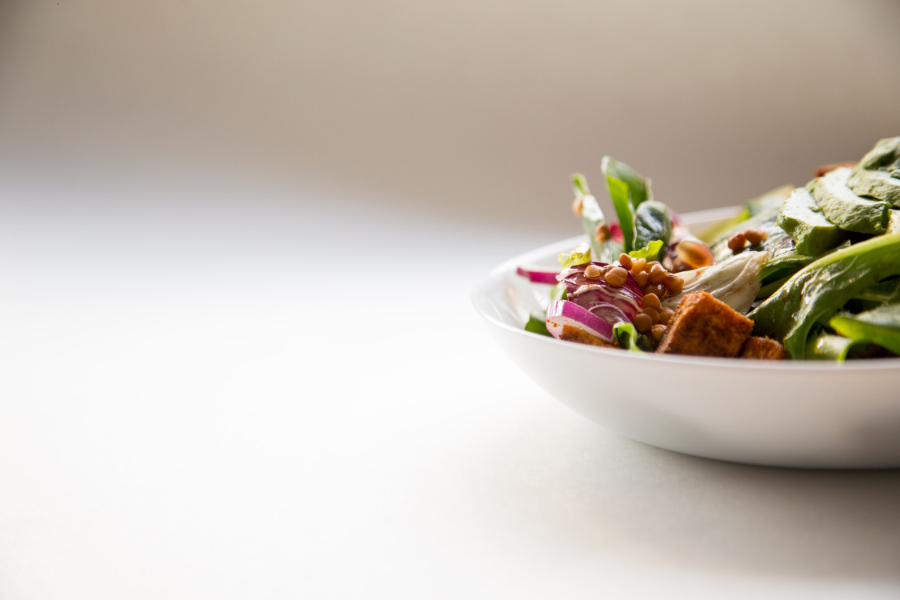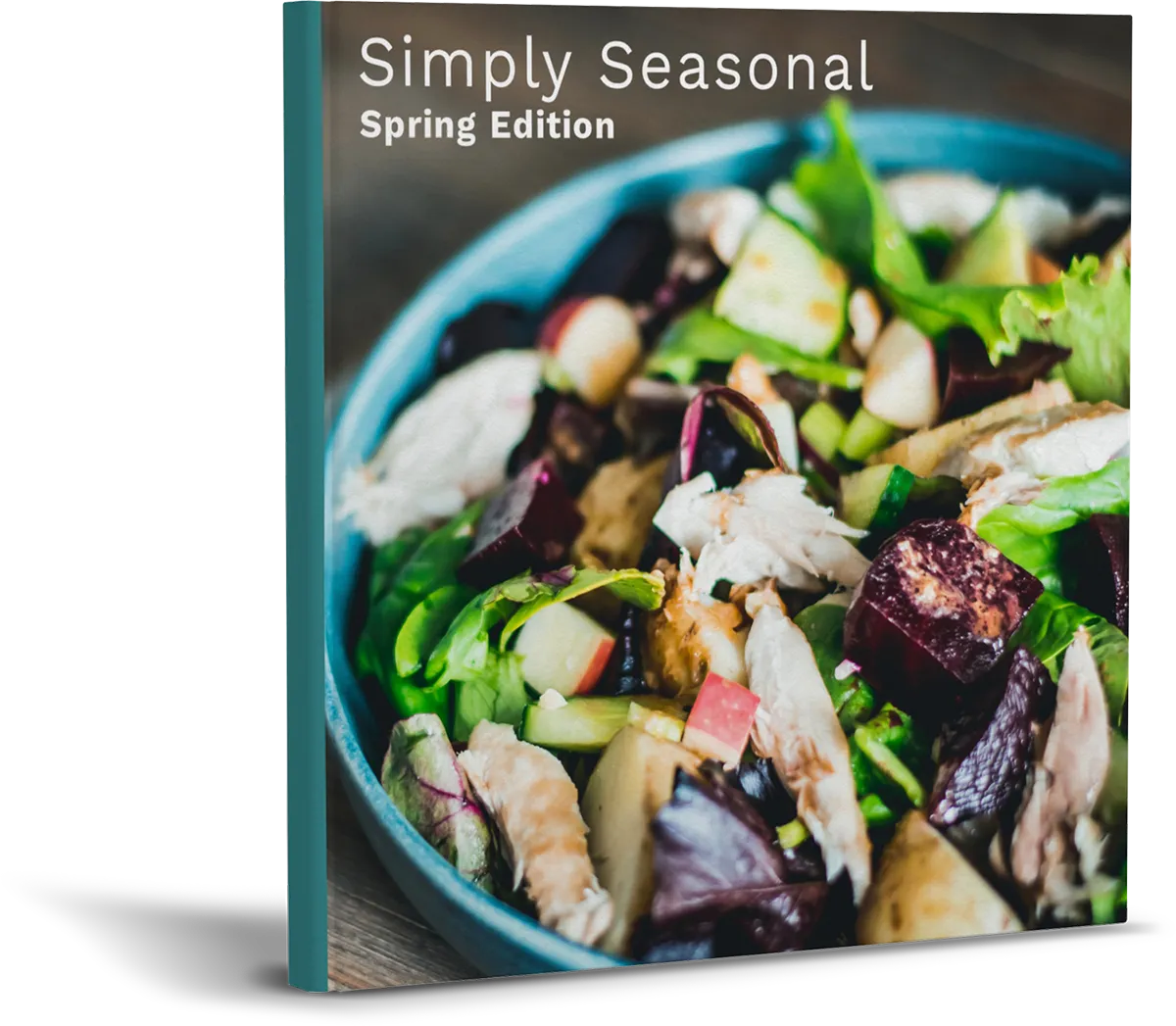Here are some tips I have taken from Buddhist Monk Thich Nhat Hanh, also known as “The Father of Mindfulness”. These were taken from his short book titled How to Eat.
Eating is an art
“Eating well is an art. It doesn’t require fancy cooking, but it does require practice and concentration. Your body is not just yours. It is a gift and a responsibility. To keep healthy, we need to know how to eat.”
Breathing comes first
“The first thing to do when you sit down with your bowl of food is to stop the thinking and be aware of your breathing. Breathe in such a way that you are nourished. You are nourished by your breathing and you nourish other people with your practice of breathing. We nourish one another.”
Turning off the TV
“Sometimes people eat while watching TV. But even if you turn off the TV, the TV in your mind continues to run. So, you have to also stop the TV in your head. If there is thinking still going on in your mind, you’ll be dispersed. To be truly present you need to not just turn off the television or radio in your house, you need to turn off the conversations and images in your head.”
Take your time
“It’s good to take your time to eat, because the time for a meal can be a very happy time. Time to enjoy your breakfast, lunch and dinner. Enjoy your meal. Stop the thinking and be there fully, body and mind.”
Eating mindfully is a practice
“When we eat our meal, we should show up for that meal 100%. Eating mindfully is a practice. If we choose to drink a cup of tea in mindfulness, the pleasure of drinking tea will more than double because we are truly there, and the tea is also truly there. Life is real; it’s not a dream when mindfulness is there.”
Eating in silence
“Sometimes, it can be helpful to have a silent meal to help us practice mindful eating. That way, we can focus our efforts on our breath the food and the company around us in order to become fully present in the here and now.”
Sitting while you eat
“Sometimes we are rushing so much in our day that we eat only as we are running from one place to another. We eat in our car or as we walk. Please sit when you eat. When you sit, that is a reminder to stop. You have nothing to do, nowhere to go.”
Snacking
“If we are hungry, a little snack can be very satisfying. But often we develop a habit of eating a snack whenever we feel loneliness or anxiety. A mindful breath is a good way for your body to “snack” on some mindfulness and recognise and embrace strong feelings that may be there. After a mindful breath, you may have less desire to go and fill up with a snack to distract yourself. Your body is nourished by your breath.”
Eating our feelings
“We human beings have many feelings, both positive and negative. Some people tend to eat more when they’re joyful, while others tend to eat less. Some people eat when they are sad or upset as a way of eating their feelings, hoping the feelings will go away. Food becomes a craving to them, rather than a source of nourishment. If we do not attempt to look deeply to understand our craving, it will grow. When we take the time to take care of our emotions with mindfulness and compassion, then we can just eat. We can enjoy our food without craving and develop a healthy and positive relationship to eating.”
The Joy of eating
“Eating should be very joyful. When I pick up my food with my chopsticks, with my spoon or fork, or with my hands, I take time to look at it for a moment before I put it in my mouth. If I am really present, I will recognise the food right away, whether it is an apple, a radish, or a piece of potato. I smile to it, put it in my mouth, and hew with complete awareness of what I am eating. I chew my food in such a way that life, joy, solidity, and no fear become possible. After eating, I feel nourished, not only physically, but also mentally and spiritually.”
Contact Steve Grant Health
To learn more out how Steve Grant Health can assist you on your journey, please fill out the enquiry form below.
Please note that depending on your specific circumstances and goals, Steve may recommend that you work with one of the specialist practitioners within his network of trusted professionals.
If you have been referred by a clinician, please complete the form and ensure that you state who has referred you or have your practitioner email Steve direct to make a referral that way.
Click the button below to open the client enquiry form:
[widgetkit id=”643″]


